About Task 34
Generating electricity from wind offers numerous environmental benefits, and development continues around the world to meet renewable energy policy targets. However, concerns for potential wildlife impacts resulting from land-based and offshore wind energy persist and have created challenges for deployment. Reducing the impact of wind energy development on wildlife requires scientifically based, cost-effective monitoring and mitigation strategies to inform decision-makers on sound siting, construction, operations, and decommissioning.
In response to these global concerns, in October 2012 the International Energy Agency Wind Technology Collaboration Programme (IEA Wind) initiated Task 34, known as WREN—Working Together to Resolve Environmental Effects of Wind Energy. Since its inception, WREN has served as the leading international forum for supporting the deployment of wind energy technology around the globe through a better understanding of environmental issues, particularly those related to wildlife, efficient monitoring programs, and effective mitigation strategies (which include avoidance, minimization, and mitigation).
WREN leverages global perspectives and research related to wind turbine and wildlife interactions, impact assessment programs, and impact reduction strategies that coincide with a lower Levelized Cost of energy and reduced barriers to deployment. These goals align with both IEA Wind’s mission toward environmental awareness and the IEA Wind 2019–2024 strategic objectives, specifically in its efforts to:
- Lower the cost of land-based and offshore wind energy
- Facilitate wind energy deployment through social support and environmental compatibility
- Foster collaborative research and exchange of best practices and data.
Task 34 Roadmap
Through 2024, WREN will continue outreach and engagement activities, including:
- Annual enhancements to Tethys functionality and continual updates and additions of new research papers and other media as they become available
- Dissemination of scientifically based research and recommendations to government regulatory organizations and wind developers/operators through various outreach materials and approaches
- Webinars on specific topics, determined on an annual basis
- Expert forums on specific topics, determined on an annual basis
- Annual maintenance and enhancement of the database of technologies.
In addition to these annual activities, WREN will also focus on the following:
Year 1
Complete horizon scan, or a systematic assessment, to elicit feedback from a broader stakeholder community on topics related to persistent and emerging issues. Results from the horizon scan will inform WREN priority topics and activities for years 2-4.
Year 2
Establish and maintain a database of technologies for monitoring and mitigating the environmental effects of wind energy.
Year 3
Continue to engage with the WREN community through webinars, expert forums, and publications.
Year 4
Evaluate the success and value of WREN. Determine whether another 4-year extension is warranted.
Please download our fact sheet to learn more about WREN’s 4-Year Strategy.
Frequently Asked Questions
Get answers to our most commonly asked questions about IEA Wind TCP Task 34
Where can I find information on recent WREN publications?
WREN publications, as well as a more extensive knowledge base, can be found on the Tethys website.
Can a non-member participate in WREN meetings?
Please contact the Operating Agent to discuss the observation of a WREN meeting.
How do I become a member of IEA?
Visit the International Energy Agency Wind Technology Collaboration Programme website.
Do I need to pay for WREN publications?
All WREN publications, webinars, and other outreach materials can be found at no cost on the Tethys website.
Do WREN members pay a fee to participate?
There is no membership fee for IEA Wind members to participate in WREN. Participating countries are required to cover their own labor and travel costs, host in-person meetings on a rotating basis, and contribute a minimum of 20 hours per month in support of WREN activities. More information on WREN membership can be found in the WREN workplan.
Participation
Task 34 Participants
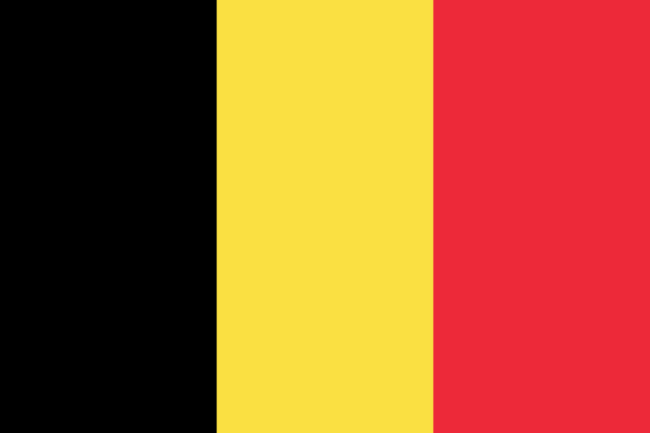
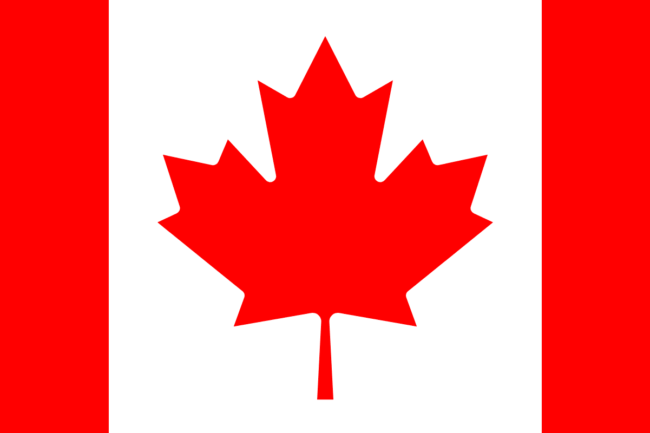




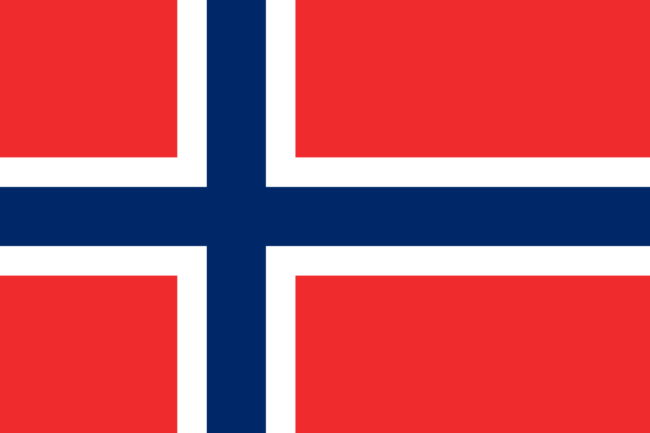

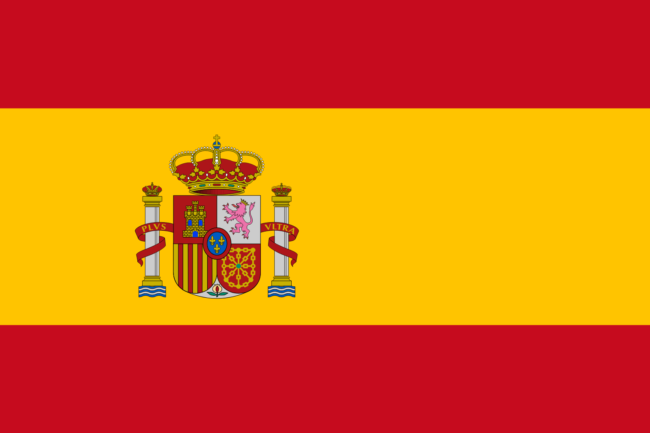
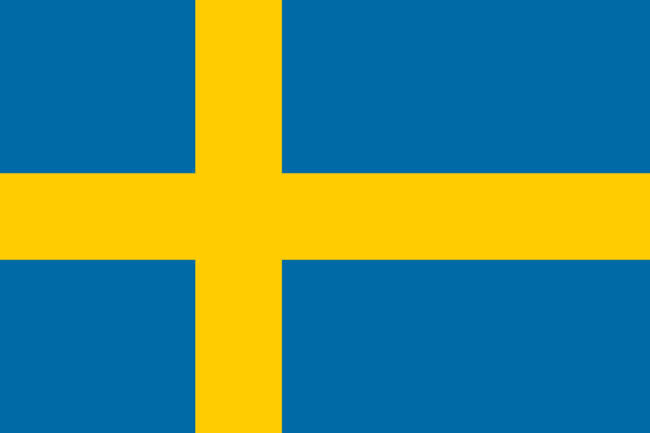
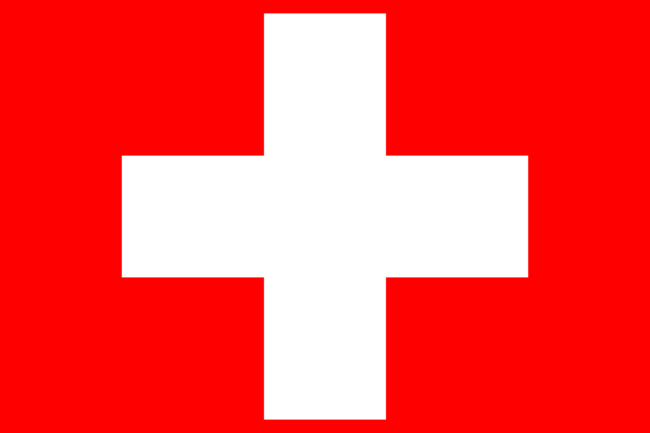
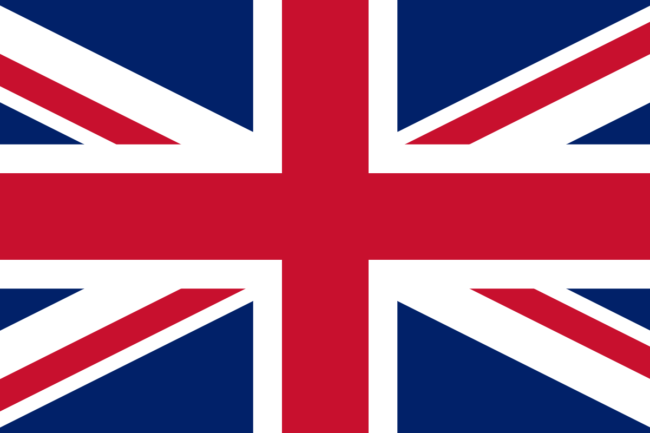
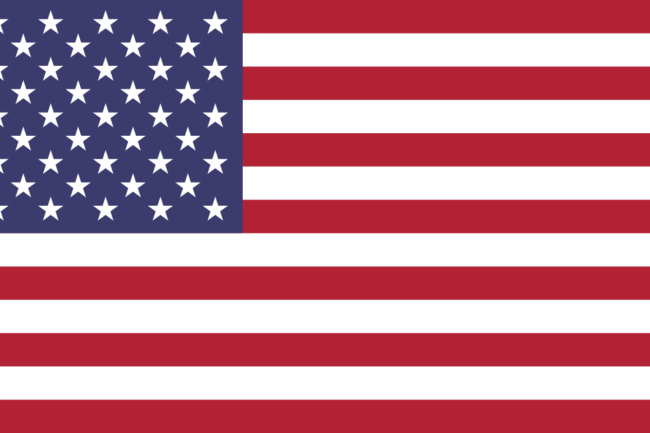
Who can participate in Task 34?
To participate in Task 34, your country must be a member of the IEA Wind Implementing Agreement.
Once your country is a member of the IEA Wind TCP, an organization within your country may become a participant in Task 34 and agree to the terms of the Task proposal.
Operating Agent
Please contact the Operating Agent below with any questions
Questions?
Tel: +1 720-309-9256
NREL
National Renewable Energy Laboratory
Golden, Colorado
United States
Monday to Friday
9 am – 17 pm Mountain Standard Time
cris.hein@nrel.gov

